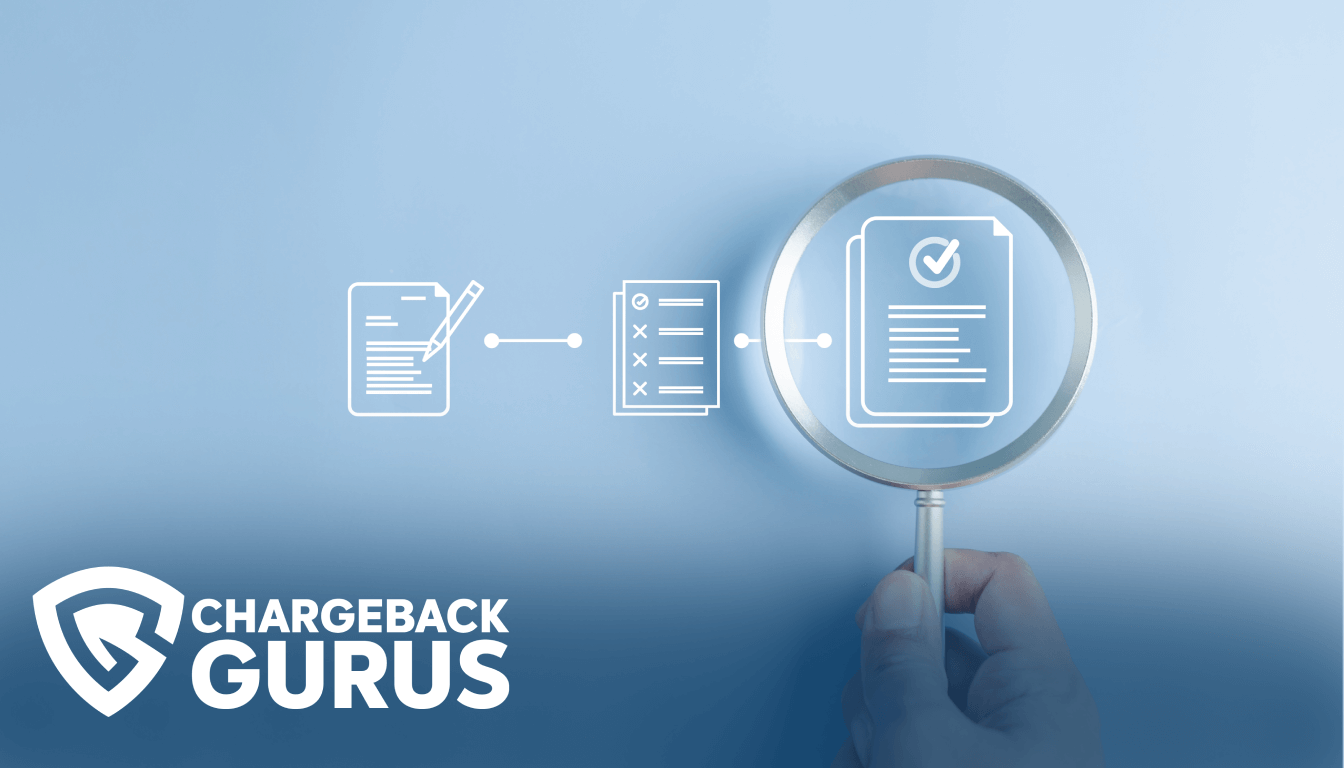Discover Chargeback Reason Code RM: Services

Table of Contents
- What is Discover chargeback reason code RM?
- What causes code RM chargebacks?
- What's the time limit to respond to code RM chargebacks?
- How can merchants fight code RM chargebacks?
- How can merchants prevent code RM chargebacks?
- About Discover chargeback reason codes
Merchants who receive a chargeback for a transaction placed with a Discover card may encounter reason code RM, which indicates a disputed transaction that the cardholder does not believe they should be responsible for paying. The actual underlying cause of this chargeback is usually either friendly fraud or merchant error. Merchants who believe they have received an invalid chargeback under reason code RM may be able to represent the transaction and reverse the chargeback with the right compelling evidence.
What is Discover chargeback reason code RM?
Discover chargeback reason code RM falls under the “Services” category. The shorthand description is “Cardholder Disputes Quality of Goods or Services.” This code indicates the cardholder is claiming that the goods or services provided were damaged, defective, or otherwise not what the merchant described.
The old adage “let the buyer beware” only goes so far in the world of chargebacks.
Merchants who fail to deliver functional goods that match the description at the time of sale or who fail to provide their offered services competently are subject to chargebacks under this reason code.
Unfortunately, “quality” can also be a highly subjective thing to determine, which makes this type of chargeback appealing to friendly fraudsters and difficult for issuers and card networks to adjudicate.
What causes code RM chargebacks?
Code RM chargebacks can be caused by merchants having poor quality control or making promises about their products or services they can't keep. They can also be the result of friendly fraud from dissatisfied customers.
Cardholders will frequently dispute a transaction on these grounds when they genuinely believe that they’ve been ripped off by the merchant.
This can happen when merchandise is damaged on arrival, when products are faulty or nonfunctional, when services are not performed up to reasonable standards, or when the goods delivered simply don’t live up to the claims the merchant had made about them. Some merchants set themselves up for these chargebacks by purposely making exaggerated claims in their marketing.
In most cases, a customer who's merely dissatisfied with their purchase will contact the merchant to ask for a refund, but if the merchant refused to provide one, they may contact their issuing bank to request a chargeback under this reason code.
Friendly fraudsters often use this reason code to cyber-shoplift, by making false claims about product damage or insisting that the merchant misled them about the quality of the goods they ordered.
What's the time limit to respond to code RM chargebacks?
The acquirer or merchant has 30 days to respond to a chargeback filed under reason code RM.
How can merchants fight code RM chargebacks?
Merchants can fight code RM chargebacks by providing evidence that the goods provided weren't defective or counterfeit and that the description provided was accurate.
The right evidence will depend on whether or not the chargeback carries certain transaction modifiers.
If the transaction includes the “Card Not Present” modifier, your response must include:
- Confirmation that the cardholder registered to receive electronic delivery of the goods or services, along with their email or IP address, the date and time they downloaded their purchase, and a description of the items downloaded, or a log showing that they received the downloaded material on or after the date of the transaction.
If the chargeback includes the “Site to Store” modifier, your response must include:
- A pick-up form signed by the cardholder.
- A copy of the identification presented by the cardholder when they picked up their order.
For chargebacks without these modifiers, submit the following items:
- Signed documents or correspondence proving that the cardholder approved of the quality of the goods or services at the time of the transaction or delivery.
- Proof that you made good faith efforts to resolve the cardholder’s complaints, but were rejected.
- Proof that the cardholder did not cancel or reject the goods or services, and remains in possession of them.
- Your sales agreement with the cardholder, providing it shows that the goods or services were not misrepresented and were rendered as described in accordance with the agreement.
- If you have already processed a refund credit for the transaction in question, or otherwise resolved the complaints raised by the cardholder, provide documentation that proves you have done so.
How can merchants prevent code RM chargebacks?
- Be honest and transparent in your marketing, don't make misleading promises or exaggerate.
- Double-check orders to ensure the correct items are shipped.
- Package items carefully to avoid damage during shipping.
- Accept returns from cardholders and issue refunds immediately.
- Never sell counterfeit products.
About Discover chargeback reason codes
Reason codes are alphanumeric codes that provide the justification for granting a chargeback. Pursuant to the Fair Credit Billing Act of 1974, cardholders have the right to dispute unauthorized or erroneous charges, and issuing banks must reverse a disputed transaction if the cardholder’s claim is valid.
When a cardholder contacts their issuing bank to dispute a transaction and receive a chargeback, the dispute is assigned a reason code that most closely matches the substance of the cardholder’s claims. The reason code provides the merchant and other stakeholders in the dispute with a concise explanation for why a chargeback has been granted.
Each card network—Visa, Mastercard, American Express, and Discover—defines and maintains their own unique set of reason codes, which are applied to disputes by the banks that issue credit and debit cards under their brands.
As both a card network and an issuer, Discover specifies 26 reason codes under the categories of Fraud, Not Classified, Authorization, Expired, Processing Errors, Services, and Dispute Compliance. Most of Discover’s reason codes are a two-letter abbreviation of the dispute description.
Understanding chargeback reason codes is one of the most essential parts of effective chargeback management. Identifying the chargeback reason code and the evidence required to fight it is the first step in chargeback representment, and analyzing your chargeback reason codes can provide you with insights into what types of disputes are causing you the most trouble. With this information, you can determine the root causes of your chargebacks and take action to prevent them from reoccurring.


